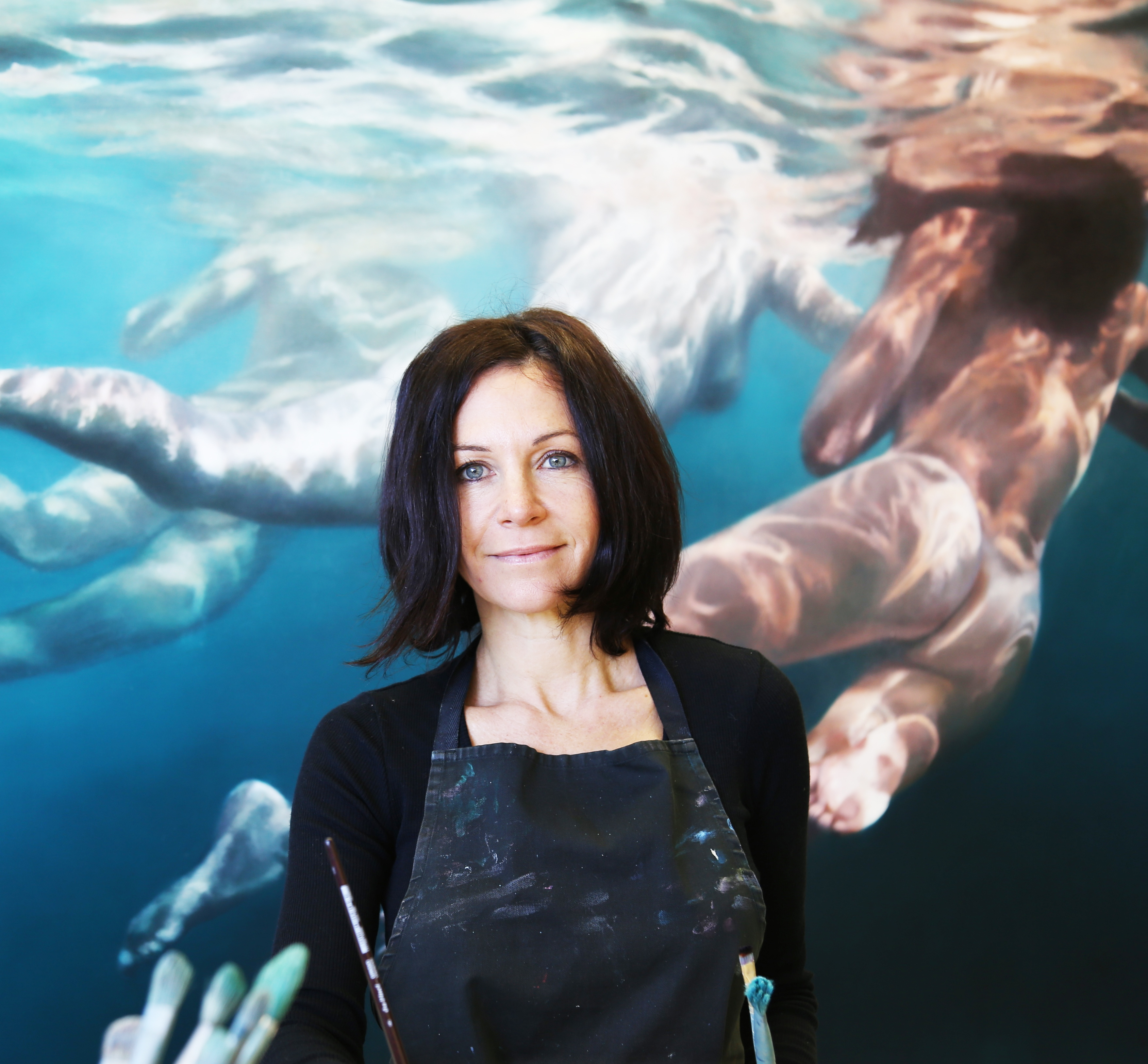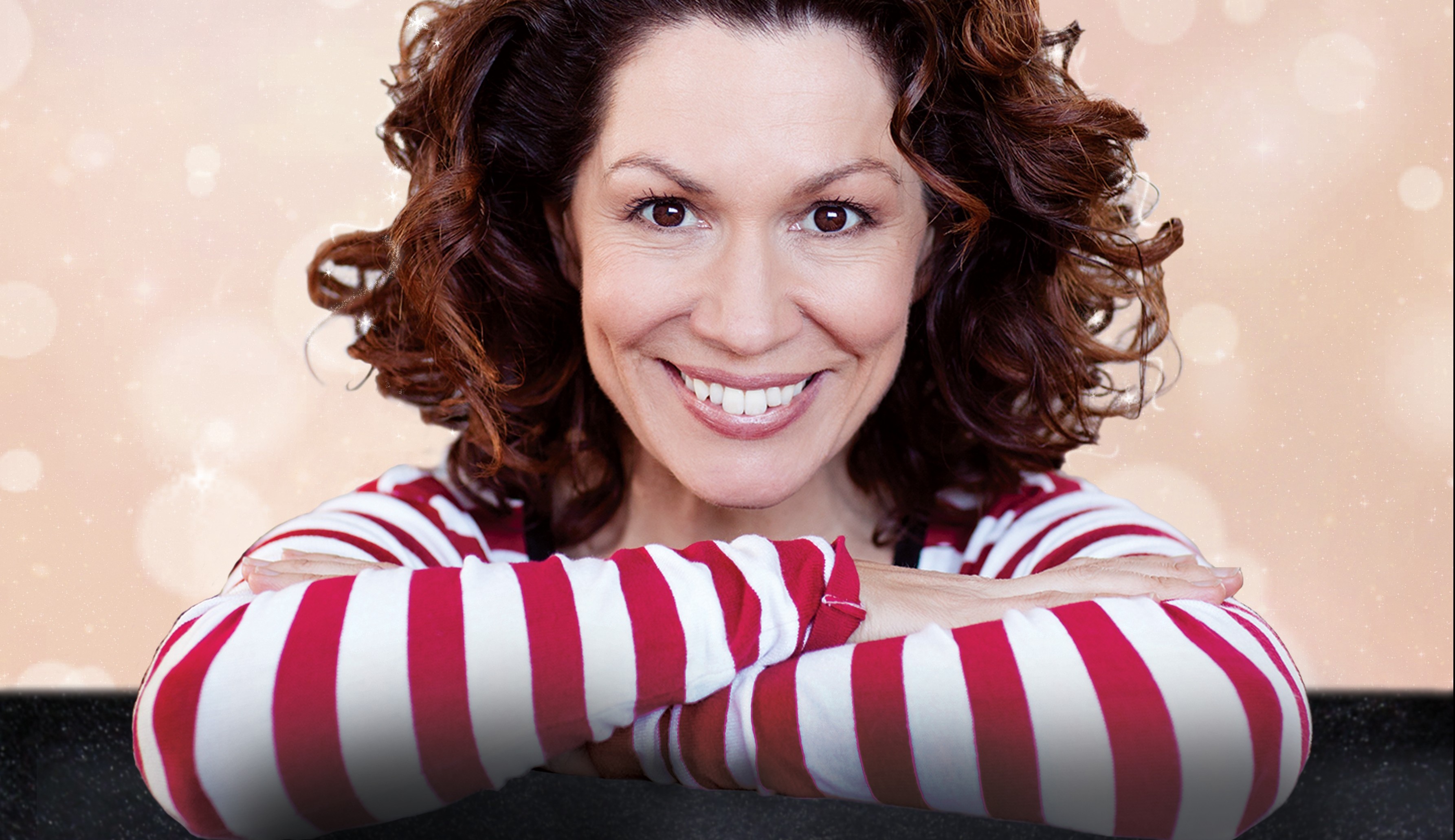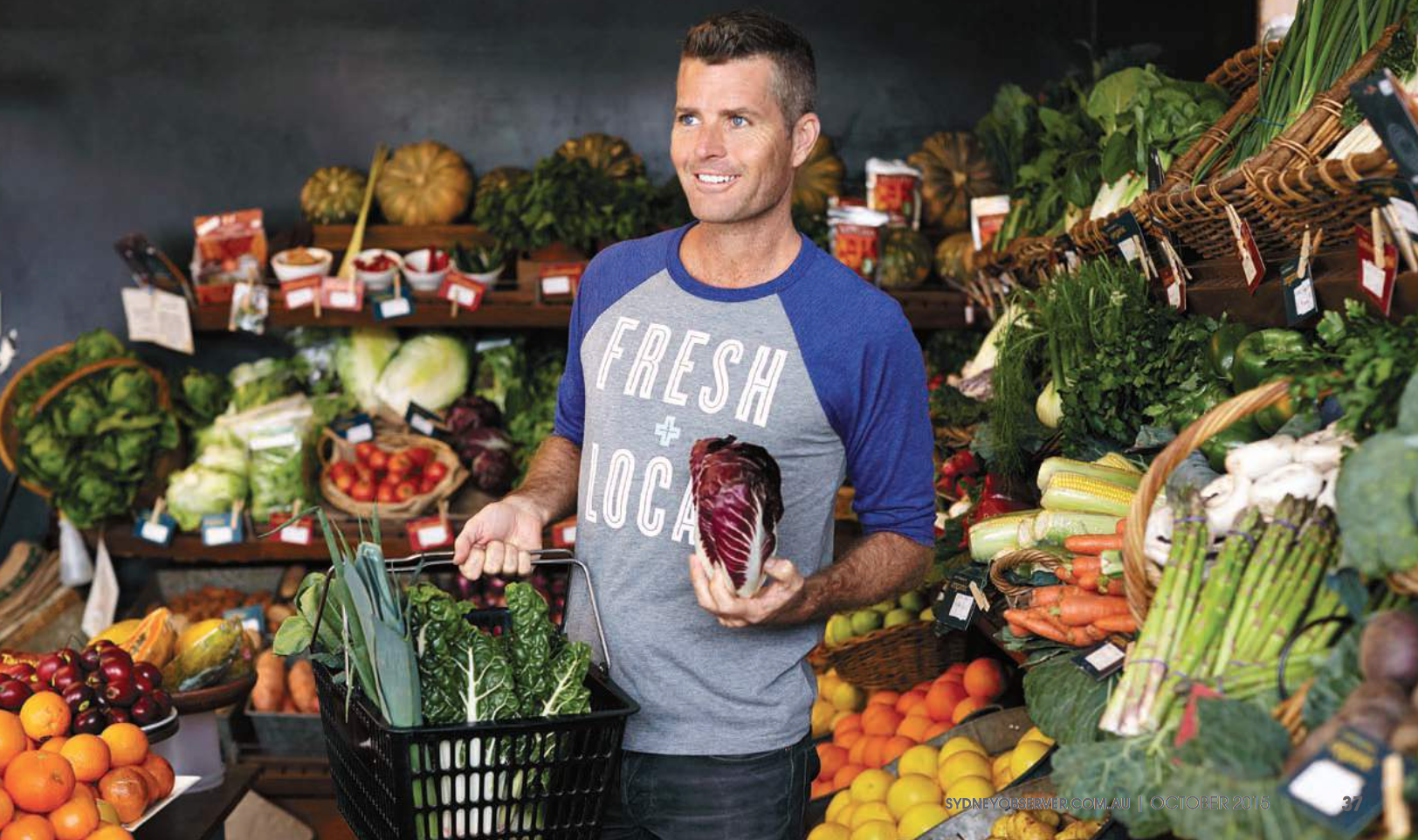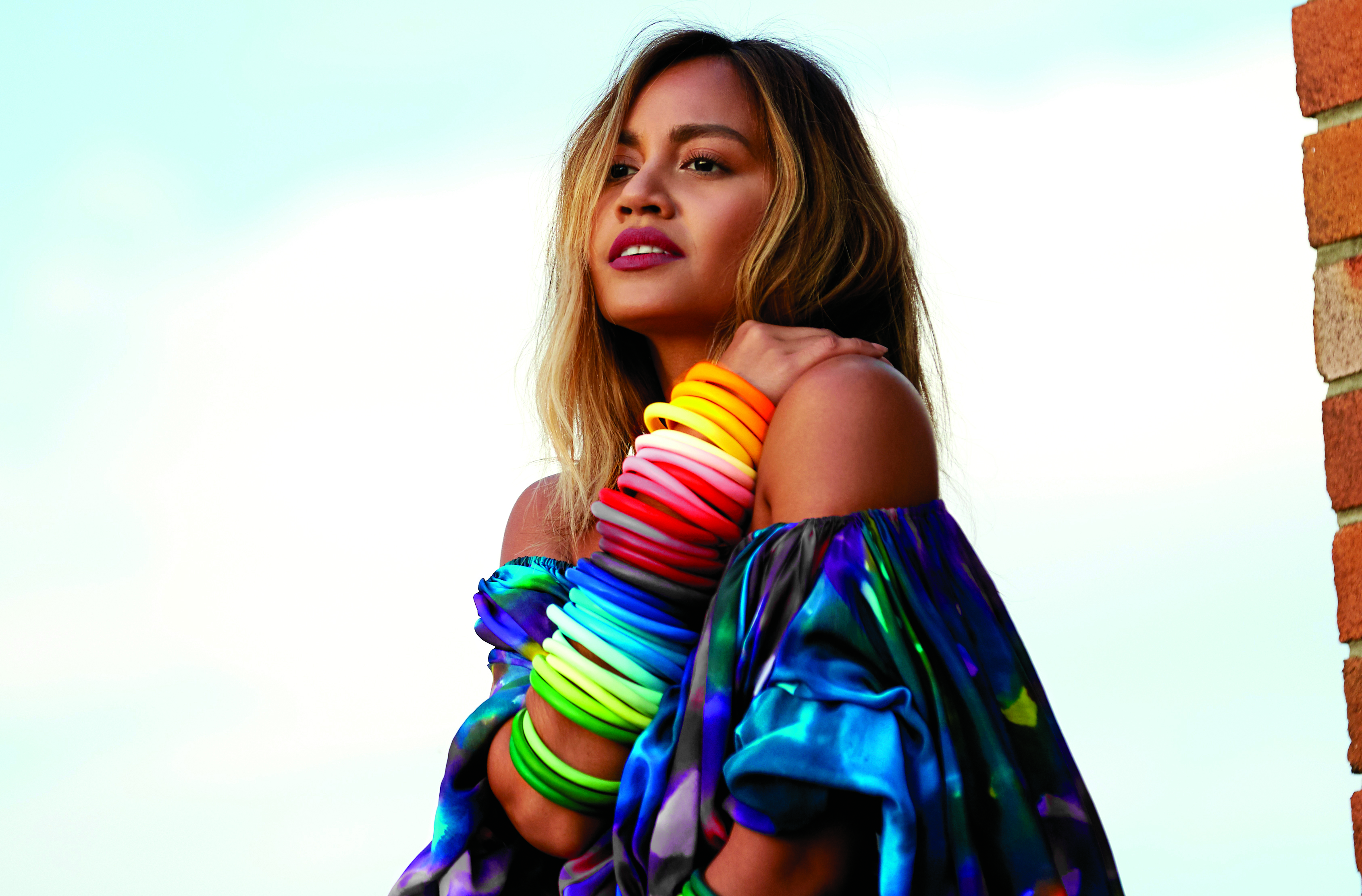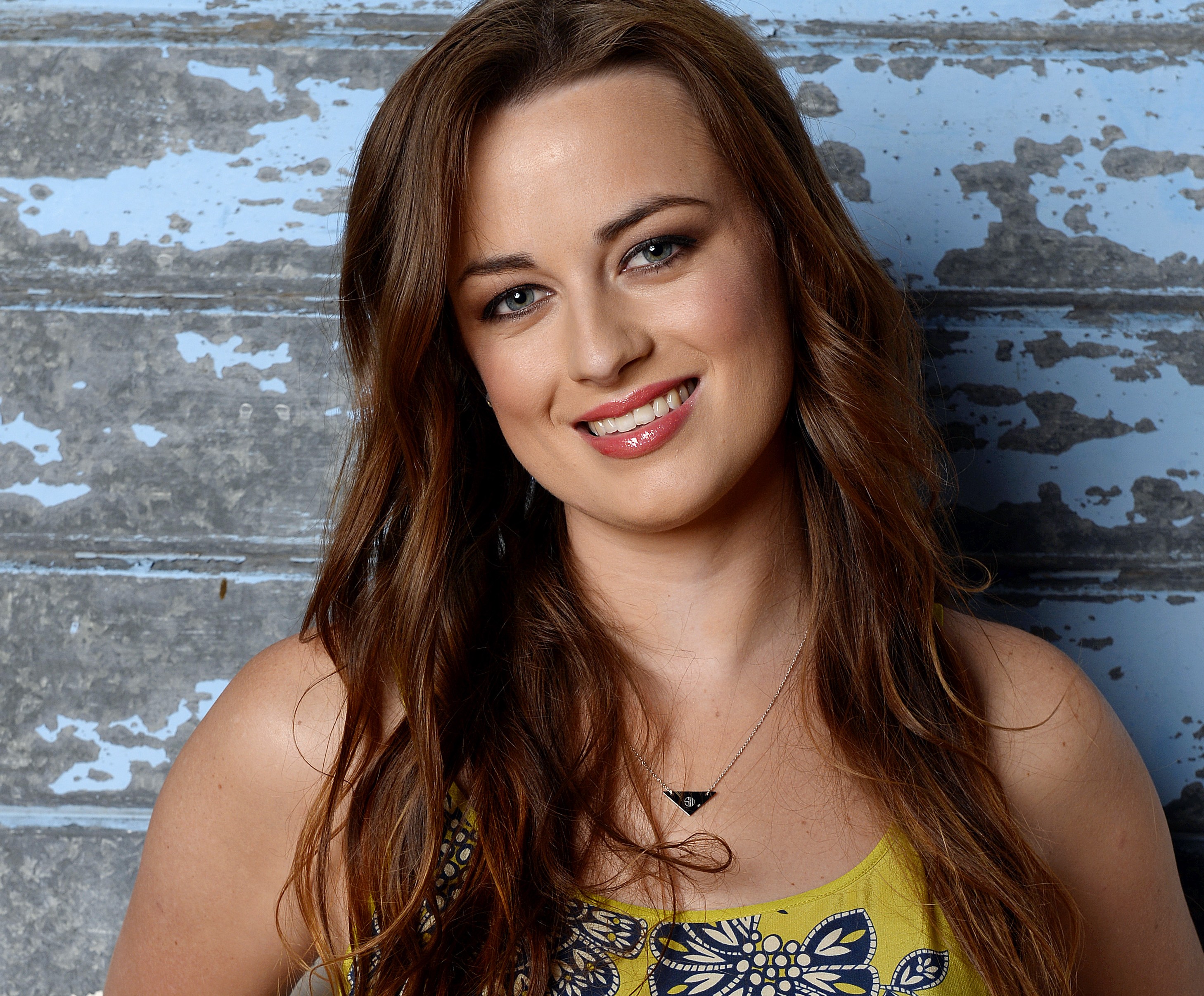Bondi girl and Archibald Prize winner talks about how the ocean creates a sense of depth in her painting
Tess Gibney
Looking at one of Martine Emdur’s ethereal artworks, you’d never imagine she was anything other than a natural. The fluidity of her work is such that it feels intrinsic; as if painting were as innate to her as the ability to walk and talk. It’s harder still, then, to imagine her tapping away at a keyboard in a stuffy Sydney office somewhere; a pawn in a nine to five world so far removed from the weightless subjects of her dreamlike creations.
Stifled creatively at school, Emdur abandoned all artistic inclinations upon graduation. Entering the workforce as a corporate receptionist, she found life at a “real job” both unsatisfying and unsuccessful. It wasn’t until she escaped the Sydney “treadmill”, as she calls it, and headed north to Queensland’s tropical Dunk Island that she began to reconnect with her romantic, artistic roots. Finding kinship among a group of artists living together on the island, Emdur simultaneously cultivated her love for depicting nature – or, more specifically, the mutable placations of water. Judging by the recurring subject matter of her work over many years, it is a love affair that has never really ended.
Your paintings commonly depict bodies submerged in water. What inspired this choice of subject? Do you (or did you) live near the ocean or a large body of water?
I grew up by the water in Bondi, so it has always been a central part of my life – I tend to feel a little claustrophobic when too far away from the ocean. From the first exhibition water has been a central theme and inspiration. Bondi was my first port of call for that inspiration; and with that came the inevitability of coast dwellers. Originally, the works were depicting more distant sea scapes, but I gradually zoomed in closer to study the water and its inhabitants. The next step I took was to dive below in an attempt to capture the true essence of what it is – or what it means – to be submerged and enveloped by water.
On the subject of inspiration, what does inspire you and your creative process?
Obviously, the ocean is a constant source of inspiration for me, as it’s perpetually changing in regards to movement, light, mood and clarity. It is never the same, so I never tire of it.
In regards to [my creative] process, I have teamed up with a good friend who is a photography enthusiast. We gather a crew of willing models to jump in the deep end, and then take hundreds of photos underwater. Generally the process begins with wading through the pile of images. Usually, certain details will jump out and I’ll then begin to compose an image using bits and pieces from many images. The challenge is in the subtlety. The tones [of the water] change so slightly to create a sense of depth, and with minimal information I have to focus on getting colours and tones just right. I’m still working on understanding the way the light moves through the water, how it hits the figures below and then carries on to the sea floor. I also find understanding all the quiet spaces [in water] to be an ongoing challenge. A sense of weightlessness is high on my list as something to master and convey.
Can you explain your creative process?
My friend and I gather a group of willing models and jump in the ocean. We’ll direct them as much as possible by placing them in positions. This could be to create either a sense of solitude, or a group mingling … or two people interacting; a situation which offers viewers the chance to establish their own ideas in regards to what is going on. Ultimately, the images we get on the day are in the lap of the gods, especially considering the models are constantly moving – it’s almost impossible to choreograph it in any solid way. It’s rare – or almost impossible – to find one picture that has everything I need in it … once I’ve worked out the composition it is then marked up onto a canvas and painting process begins.
Your paintings have a very ethereal quality. Your use of light and how it is painted refracting on
(and through) the water is incredibly dreamlike. What feeling do you hope to provoke in viewers of your art?
The ethereal quality of my work is direct from the source: a classic example of art imitating life. My work replicates exactly what it is like to be underwater – how everything slows down, becomes dreamlike. Figures are saturated not only in light, but by darkness from the underside, and the light bouncing off the bodies into the surrounding water creates a glow that enhances that ethereal quality. I love the idea of the viewer being able to transport themselves to that place where they feel immersed – where they can feel the temperature, feel the water and imagine that feeling of being suspended. The larger scale works assist more in putting this across; they’re generally more powerful as they depict life-size figures and [manage to capture more accurately] a sense of distance and space within the water.
Can you explain your most recent body of work?
It has been a slowly evolving path for me, and the recent body of work continues on with my ongoing study of figures in the water.
What have been some of the highlights of your career as an artist?
It was definitely a highlight to have been hung in the Archibald twice. It’s nothing short of a thrill to walk into the Art Gallery of New South Wales and see your work hanging among some of Australia’s finest artists. There’s also been some wonderful instances where people have made heartfelt comments to me about the personal effects a painting has had on them. One in particular was about a piece I was commissioned to paint that would hang in the room of a fertility clinic. The brief was to create an image that would help create a ‘soothing environment for anxious clients’. The doctor made a special effort to contact me to tell me that the painting had done just that – this information to me was particularly special.
How has your artistic style changed over the years?
My style has been long and steady; there’s been no vast jumps stylistically. For me, I think it’s more an observational thing – I’m learning to see more information and say it with less. I’m defining what is important and what is not.
Do you experience creative blocks? What helps to jump start the creative process when you’re feeling stuck?
There’s definitely days where it’s harder to go into that place of commitment and focus. I try to narrow down the task when that mood strikes. I reason that if I complete one small detail it’s enough for me to feel like I’ve made some progress. Sometimes if it’s just not working, I’ll pull the plug and sleep on it.
What is an average day like for you in your studio?
Coffee before anything. I tend to dawdle for a while as I know once I go into the zone I have to stay in. Usually I teeter on the edge until I can no longer find reasons to procrastinate and then I plunge in. There’s loud music, there’s mess; there’s plenty of pacing and pulling of strange faces. I’ll generally do a step at a time as I paint in layers … there’s only a certain amount I can do before I need to let it dry and start again the next day.

